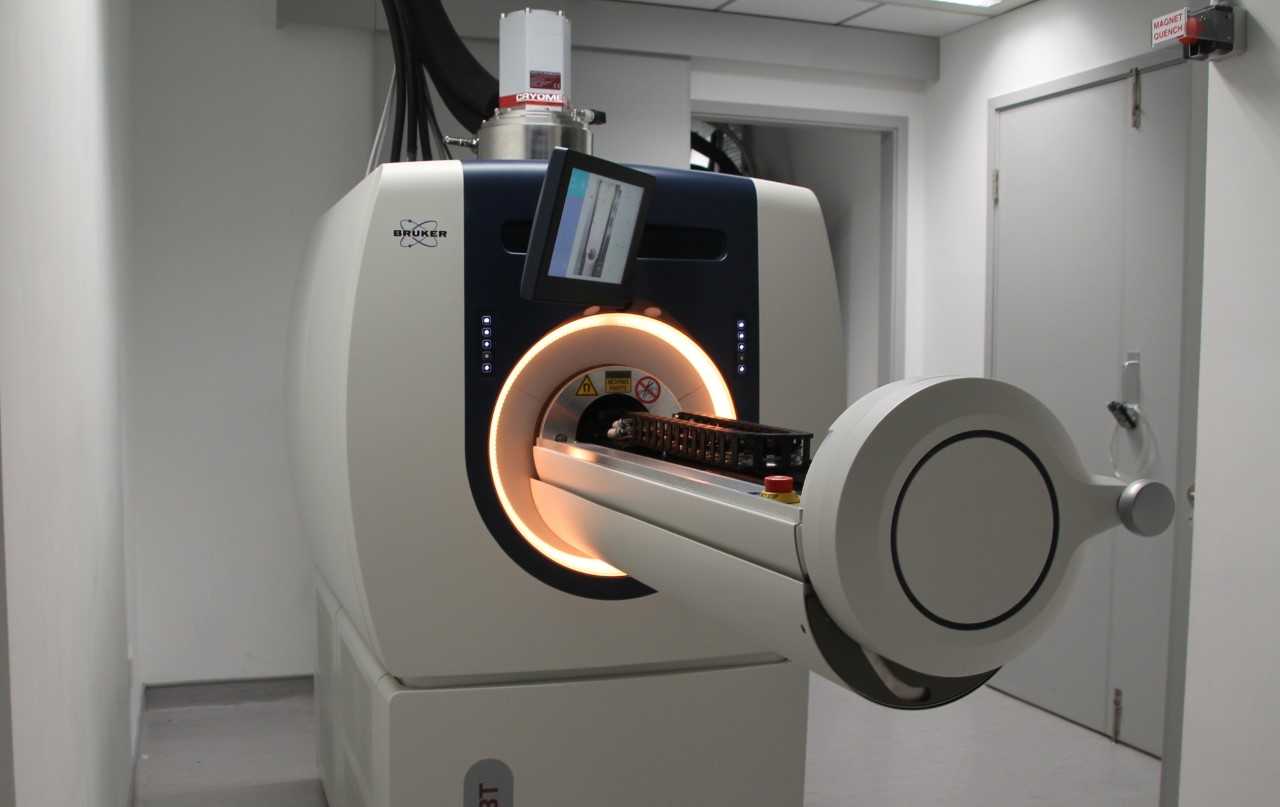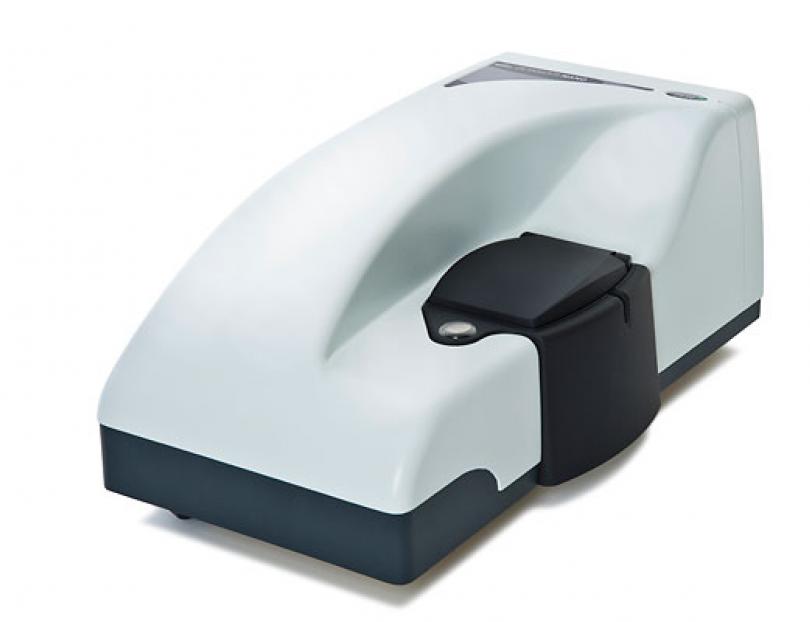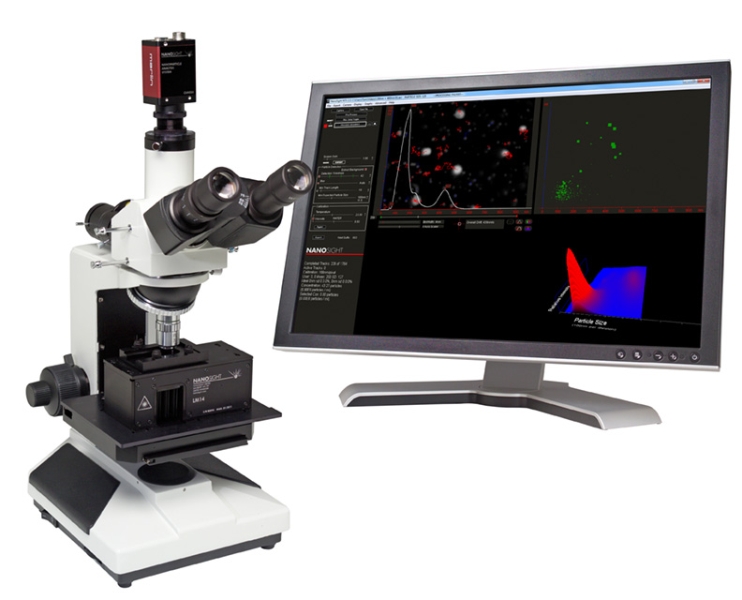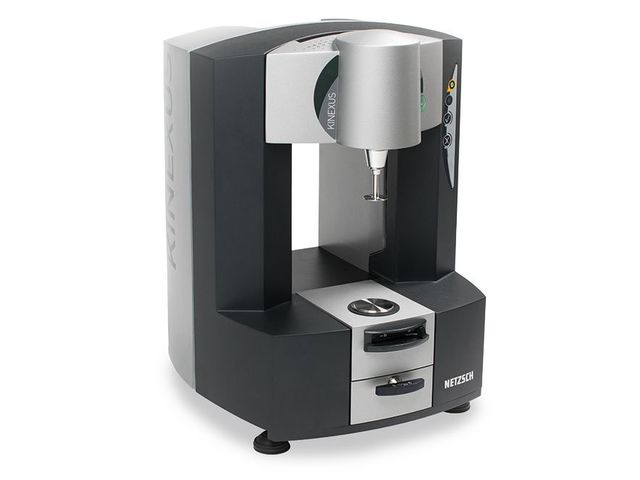City University of Hong Kong
Laboratory of Nanosensor Imaging in Cell Therapy (NICE-Lab)
Our Mission
Our lab focuses on the development of nanotherapeutics and molecular imaging approaches to address healthcare related issues, in particular in the areas of cancer and regenerative medicine. These have significant implications for the prevention, treatment and cure of many diseases, such as brain cancer and Alzheimer’s disease. A major focus is to image and control drug and/or cell delivery to facilitate predictive and precision medicine. This is achieved by a series of biomaterials incorporated with nanosensors and an emerging clinical molecular magnetic resonance imaging (MRI) contrast named, Chemical Exchange Saturation Transfer (CEST). We develop this versatile platform for specific biomedical applications. More examples and work-in-progress can be found under researches.
Research Themes
Imaging Nanotherapeutics

Brain is the least accessible part of our body, it is protected by the blood brain barrier, which makes the direct treatment monitoring difficult. Non-invasive imaging such as MRI is a solution. In our lab, we are interested in developing nanotherapeutics to facilitate treatment and treatment monitoring using MRI. This is achieved by developing a series of hydrogel and nanocarriers that have specific mechanical and imaging properties for neural therapeutics. For example, we have shown that the recently developed theranostic hydrogels combined with pH-nanosensors can reveal cell viability using CEST MRI, which facilitate cell delivery, protect the delivered therapeutic cells and monitor cell status. This platform has shown promising translation potential for cell therapy. The findings are applicable to design and fabricate unique nanotherapeutics for a number of disease in the brain, including brain cancer and stroke.
Smart Nanosensors to Image Cell Status

Cell therapy has shown promises in treating a number of neural diseases. Imaging of transplanted cells is still challenging in patients. One of the keys to facilitate the translation of cell therapy is to allow interactive treatment monitoring via imaging. Hence, a versatile platform to fabricate nanosensors is necessary for fabricating the designed ‘smart’ nanosensors. Our goal is to develop a microfluidic-based platform to fabricate specific nanosensors for monitoring the cell status in cell therapy, such as Parkinson’s disease. We have incorporated nanosensors into microgel using the microfluidic platform to provide a better control on the size and structure of the nanosensors. This approach allows us to monitor cell viability, location and target secretory molecules, which is important for personalized treatment.
Imaging Biomarkers using CEST MRI for Neural Diseases

Imaging biomarker refers to the detection of disease-related molecules via imaging approaches. CEST MRI is a unique contrast mechanism which detect the natural labels (i.e. exchangeable protons) on molecules. For example, the hydroxyl protons on glucose/glutamate molecules can be detected using CEST, we called this glucoCEST. Glucose/glutamate in our body either from exogenous or endogenous source can be detected using this sensitive imaging approach. Many molecules have been detected using CEST, and our lab focuses on the development and translation of CEST MRI to image biomarkers in neural diseases, such as dementia. We design specific imaging scheme to enhance the sensitivity and specificity of imaging biomarkers.
Artificial Intelligence Based MRI

Artificial intelligence, especially deep learning, has developed rapidly in recent years and is widely used in the field of medical imaging. We have a lot of interest in using deep learning to process MRI data. On the one hand, we use deep learning for MRI image reconstruction, which uses less sampling data to reconstruct high-quality MRI images, thereby reducing scanning time. Another aspect is the use of deep learning to accelerate and simplify the quantitative postprocessing of complicated MRI data, thereby facilitating the clinical application of advanced MRI techniques, such as CEST MRI.
Facilities
Preclinical 3T MRI

At a translational field of 3 Tesla, the BioSpec 3T extends the range of multi-purpose, preclinical MRI and MRS systems. Superior cryogen-free design eliminates the need for liquid helium or nitrogen and provides an unmatched magnet hold time of four hours during power outages. Designed for study of mice and rats, the BioSpec 3T comprises the latest Bruker MRI technology, software application packages and multimodal options. To augment the range of research options in your laboratory the BioSpec 3T is fully compatible with other imaging modalities such as PET.
Zetasizer

Zetasizer can be used to measure the particle size of dispersed systems from sub-nanometer to several micrometers in diameter, using the technique of Dynamic Light Scattering (DLS).
Nanosight

Nanosight is used to visualize, characterize and measure small particles in suspension.
Rheometer

A rheometer is a laboratory device used to measure the way in which a dense fluid (a liquid, suspension or slurry) flows in response to applied forces. It is used for those fluids which cannot be defined by a single value of viscosity and therefore require more parameters to be set and measured than is the case for a viscometer. It measures the rheology of the fluid.
Workstation

Dell Precision 5820 Tower Workstation: 1x Intel Xeon Processor W-2255 (10C 3.7GHz 4.7GHz Turbo HT 19.25MB 165W DDR4-2933); 1x 128GB 2x64GB DDR4 2933 RDIM ECC Memory; 2x 3.5" 4TB 7200rpm SATA AG-Enterprise Hard Drive; 1x M.2 1TB PCIe NVMe Class 40 Solid State Drive; 1x Nvidia RTX3090.